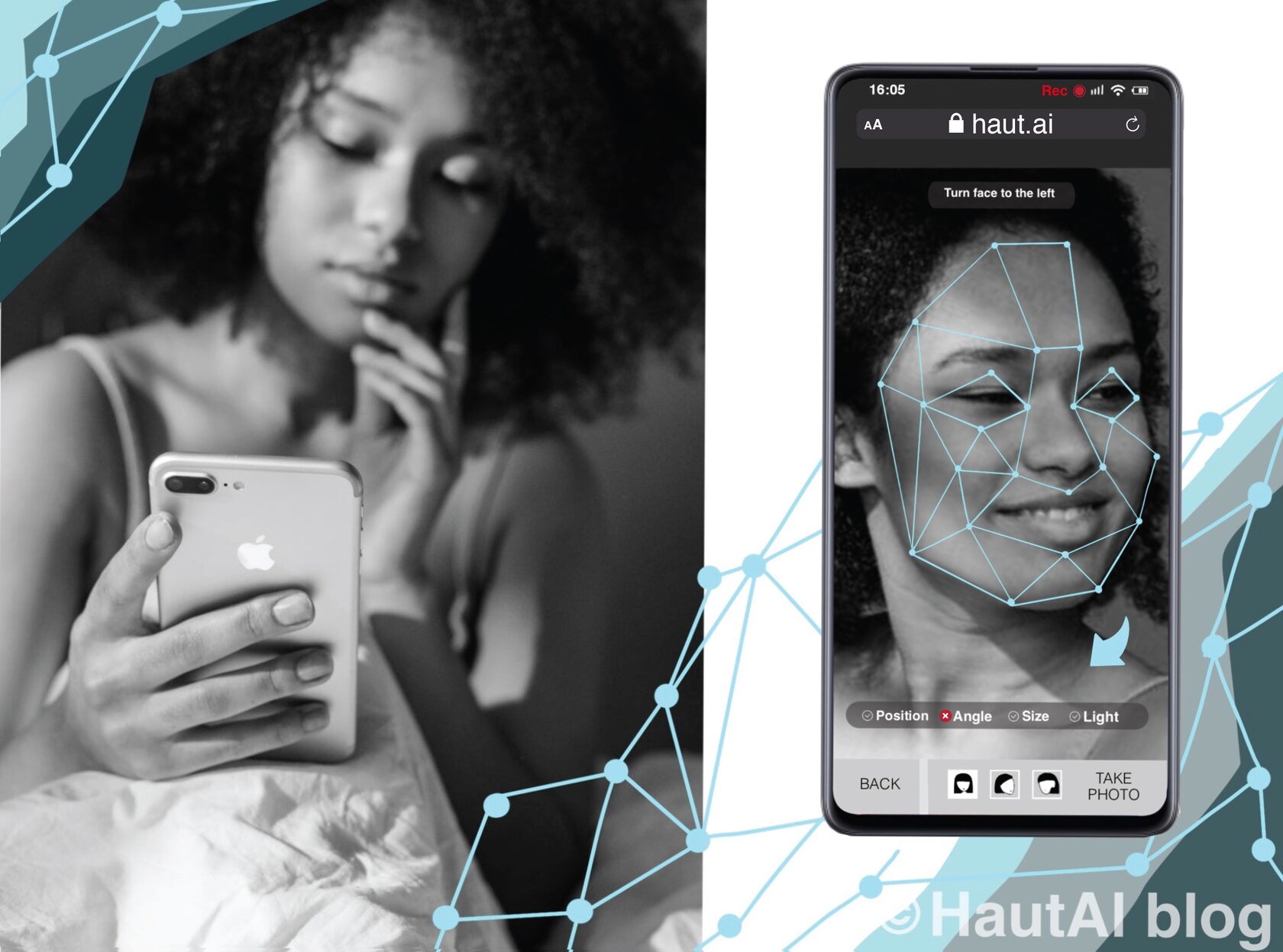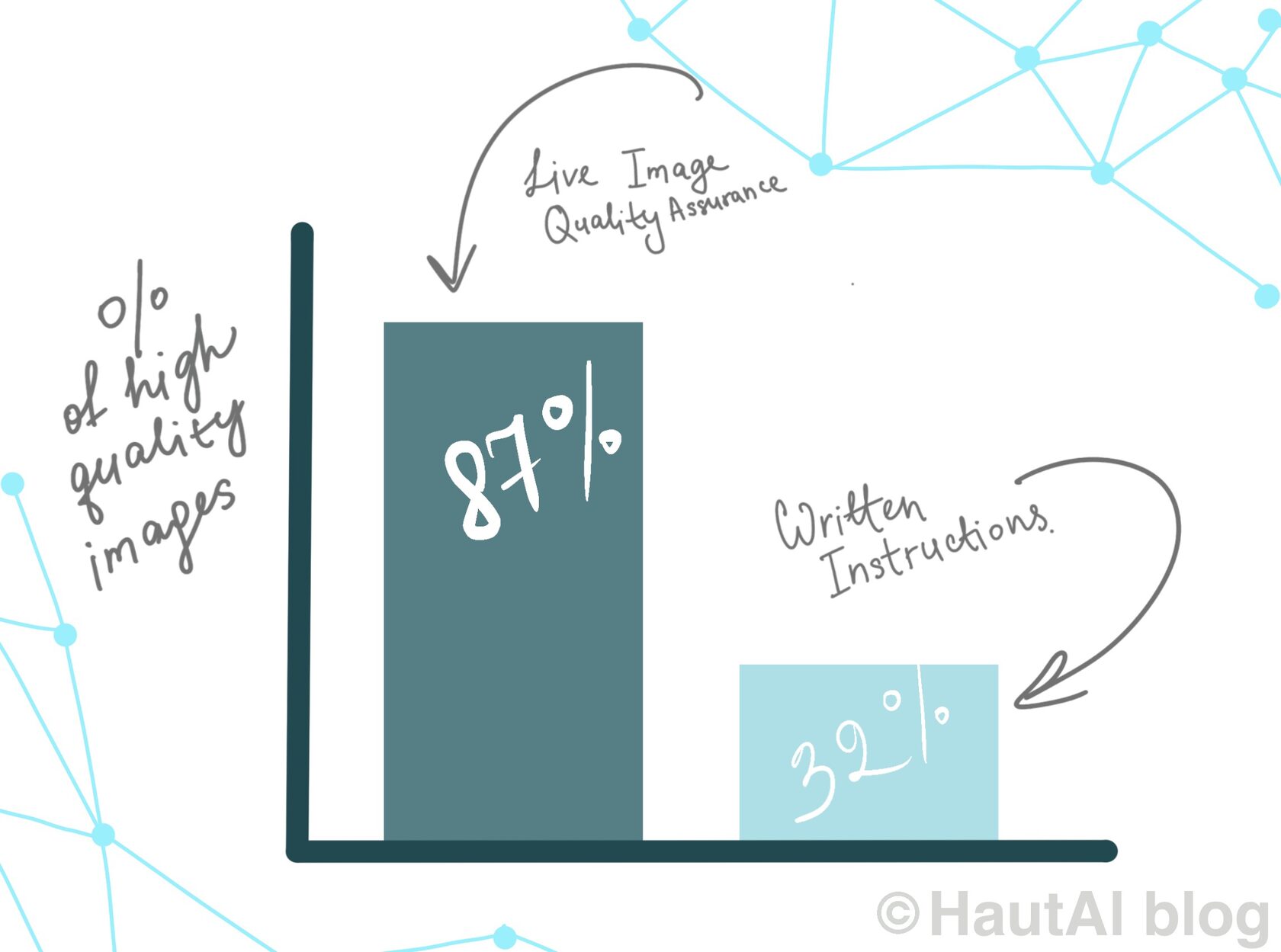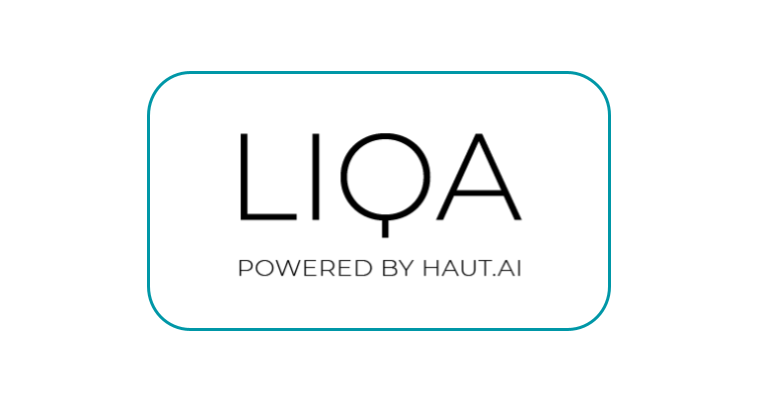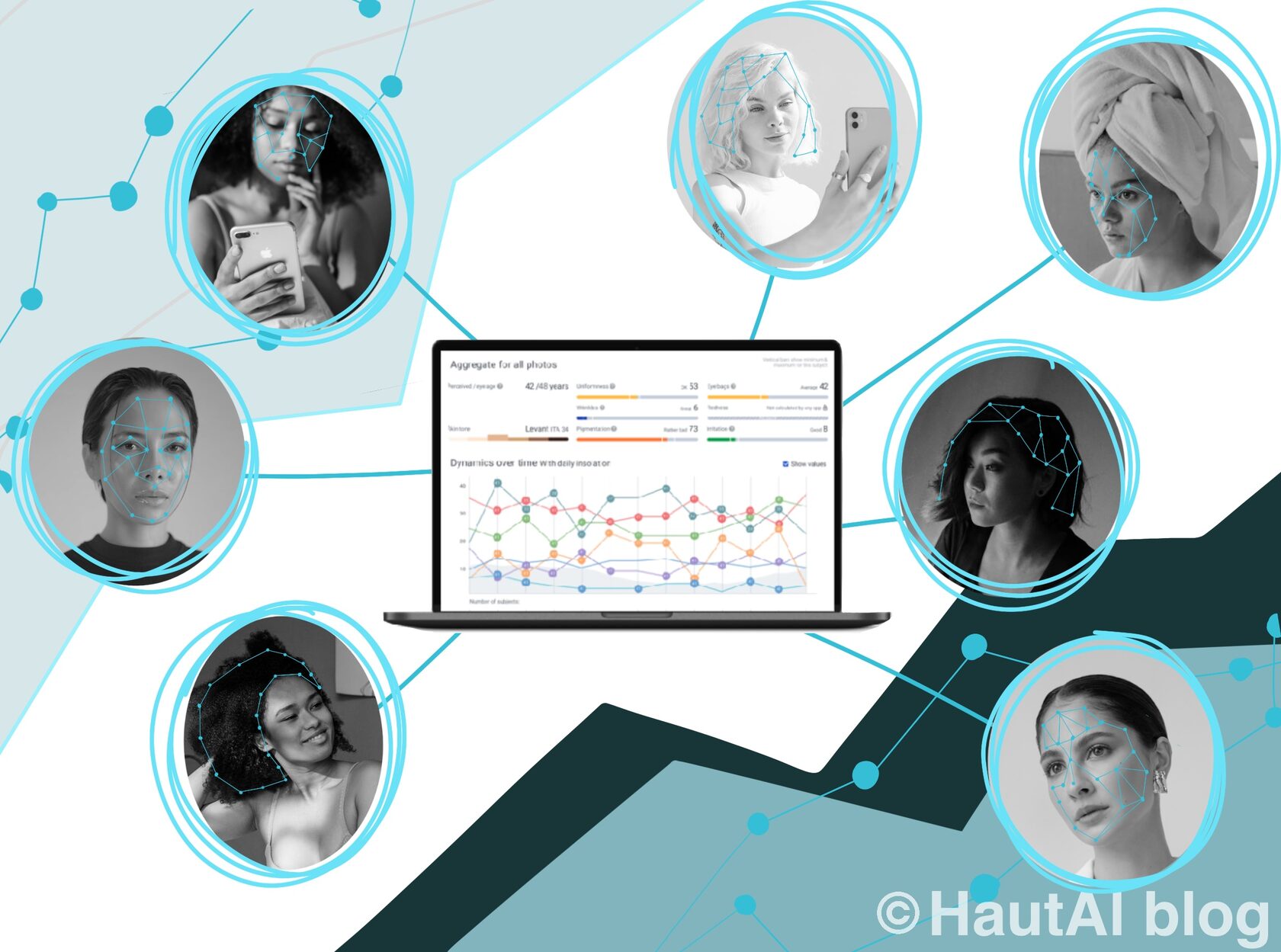Can AI technologies be good for beauty? With lockdowns and working from home, 2020 changed the way in which businesses communicate with their customers. What’s more, it was the time when research laboratories across the world could not invite customers into their research premises to participate in studies. While established telemedicine services are still limited by the number of doctors available online, digital, AI-powered services have demonstrated that they can really transform how data is collected and processed for research needs. In our previous post, we talked about the growing market of AI-powered solutions in skincare and in-vivo cosmetics studies in general. In this article, we’ll share our vision for how technological trends, such as AI-supervisor and edge computing, will empower a new branch of R&D, marketing, and consumer studies.
For more and more companies that use AI, having high-quality, diverse data has quickly become a top priority. In most cases, the term “high-quality” is not easily quantified. For example, for image collection, it refers not only to the image resolution (number of pixels), but also to properties like blurriness, noise level, direction, and the intensity of illumination. When the data has parameters “fixed” within some predefined limits, it is called “standardized.”
Collecting standardized data allows any AI pipeline to be enhanced with both easier model training and a better user experience during the deployed model inference.
AI technologies
In contrast to entertainment applications, input data standardization in science is a real prerequisite for achieving the representativity and reproductivity of measurements. There is a huge but unspoken problem with unsupervised data collection by patients and/or study participants themselves. People are prone to forget or ignore the instructions, and even when trained, most participants will not follow the guidelines on how to correctly take images for study purposes. At the same time, the human perception of required conditions (like uniformness or color of illumination, correct positioning, etc.) may significantly vary. Therefore the standardization of images in human studies usually means fixing the camera position and illumination setup, which requires a room full of specialist equipment and a laborant’s assistance.
In 2020, for the first time, multiple CROs (contract research organizations) needed to organize a high-scale remote collection of standardized data from patients and study participants with no specific equipment provided to each patient.
At the same time, based on statistics, they knew that the majority of possible participants had modern mobile devices (smartphones, tablets, etc. with a production year of 2016 or later) and a stable internet connection. Autumn 2020, Haut.AI released a new product for R&D and consumer studies that provided a brilliant way to acquire standardized data with only mobile devices required: the Data Collection Tool (DCT). The DCT was a first glimpse at the Haut.AI SaaS solution for R&D, as it allowed researchers to work with study participants remotely. The DCT is a platform for automated data collection for further analysis with AI systems or by a human evaluator. This tool unites elements of digital service like participant authorization, automated progress and issues tracking with habitual instruments like surveys, instructions and contact forms.

But the heart of Haut.AI’s Data Collection Tool is LIQA, the Live Image Quality Assurance module. Under this unassuming name lies an extremely powerful AI supervisor. LIQA is a system that controls the way participants take their photos. The system rejects unacceptable image quality in live regime and guides users with simple and clear visual instructions. LIQA allows images to be standardized with respect to the direction, color and intensity of illumination, ensures consistent head positioning, and prevents blurred and low-resolution images from being collected. The module algorithms were trained on more than two million images and have demonstrated zero dependency on participant skin tone, which has always been one of the trickiest elements of inclusive skin image standardization and processing. During parallel internal studies, we observed a significant positive increase in data quality.
In a study utilizing LIQA module supervision, 87% of images had sufficient quality for further analysis, while only 32% of images had sufficient quality when data-quality improvement measures included only written and schematic instructions for participants.

One of the significant concerns about digital services is data privacy. The data in consumer studies is usually confidential, so any data transmission to third-party services is not desirable. While most other services provide server-based calculations, Haut.AI focuses on client-side image analysis. Making AI algorithms run solely on mobile devices is a part of a modern technological trend known as “edge computing.” This means that no data is sent by LIQA to any server after the camera starts. This trick provides participants with real-time performance (zero time latency between user actions and system reaction) and guarantees 100% data privacy. However, it does require hard optimization work on each LIQA feature before its release.



